13Jenn Lyons is the author of the epic A Chorus of Dragons series, and she’s also one of the foremost dragonic scholars of the contemporary age. Here we consult her comprehensive knowledge of dragon lore to understand what SFF titles would benefit from the inclusion of one (or more) dragon(s).
by Jenn Lyons
I have a confession to make: I’ve never written a novel that didn’t have a dragon in it. Now, as I’m known as an epic fantasy author whose first series literally has the word dragon in the title, this may not seem like much of a confession, but please I understand: I mean all the novels. The unpublished novels that no one has ever seen, sitting in a metaphorical drawer.
Yes, the sci-fi novels too.
Why not, after all? Dragons deserve some love in any genre fiction story, whether that’s something set in a slightly speculative version of our world today to stories of the far future set in space. Raymond Chandler used to say that anytime he was stuck in a story, he’d have someone walk into a room holding a gun. Me? I have a dragon crash the party.
Works every time.
Now obviously, there are a number of sci-fi books which already contain dragons. The Dragonriders of Pern books by Anne McCaffery, Roadmarks by Roger Zelazny, and Phoenix Extravagant by Yoon Ha Lee are just a few books where the setting is scifi but my favorite monster is still in the house.
With that said, here’s a few sci-fi books that I feel might have been made just that tiny bit better by the introduction of a dragon:
 The Kaiju Preservation Society
The Kaiju Preservation Society
No, don’t be silly. This already has dragons in it. John Scalzi just calls them something else. Respect.
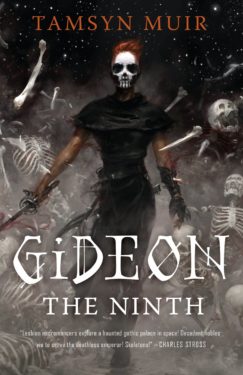 Gideon the Ninth
Gideon the Ninth
It’s easy to look at Gideon the Ninth by Tamsyn Muir and accuse me of cheating by slipping a fantasy novel into the mix, but no, it turns that this story of necromancers, dead worlds, and the cost of resurrection is, in fact, sci-fi. That said, there’s enough magic flying around (or what looks like magic) to make the addition of a dragon not just thematically plausible, but easily justifiable. Who wouldn’t want to see a cadre of necromancers forced to deal with a dragon? (Probably a dead dragon. Yeah, let’s face it: this dragon’s absolutely dead. And angry about it.) Quite frankly, nobody in any Houses would’ve been surprised to find a dragon in the bowels of Canaan House. Maybe the only surprise was that there wasn’t one.
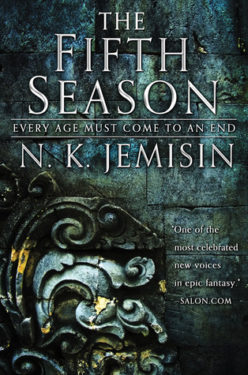 The Fifth Season
The Fifth Season
N.K. Jemisin’s The Broken Earth trilogy about a world regularly torn asunder by extinction level events (book one’s titular The Fifth Season) hardly needs a dragon. There’s more than enough fire from volcanoes and that one time someone opened a rift right across the entire continent, straight down into the world’s mantle. In fact, I suspect the biggest issue with a dragon in these books is the distinct possibility that no one would notice. Or if they did, would probably just give a resigned shrug as if to say “Sure, why not a dragon, too?”
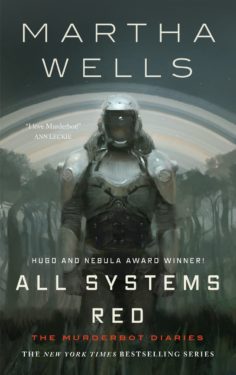 All Systems Red
All Systems Red
Given the nature of Martha Well’s stories about a very cranky SecUnit construct called Murderbot and its battles against far-future corporations (and its own feelings), I would absolutely want to see a dragon in one of these tales. A dragon that I suspect would immediately adopt Murderbot, because it too understands what it’s like to live in a universe where everyone assumes you’re only around to kill people and tear shit up.
I mean, yes, watching Murderbot fight a dragon would be awesome. More awesome? Watching Murderbot and a dragon fight something else.
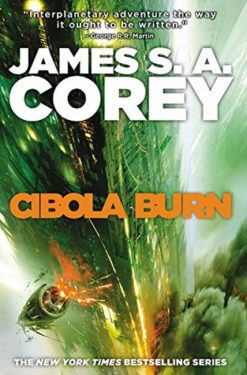 Cibola Burn
Cibola Burn
I love the Expanse series, written by James S.A. Corey (the joint pen name of Daniel Abraham and Ty Frank). I’d love to say that I was into the books way before the TV show; that would be lying. I discovered the books because of the TV show, and immediately devoured everything that was out at the time (and continued to do so until the end of the series). Cibola Burn, the fourth book, takes places almost entirely on an alien world that humanity is attempting to colonize. It was the perfect opportunity to introduce a dragon, and I’ve got to be honest here: the authors completely missed their shot. Not a single dragon to be found anywhere. Not even a protomolecule entity shaped vaguely like a dragon. Disappointing.
And no, despite the name, Tiamat’s Wrath also has a depressing lack of actual dragons.
 Dune
Dune
I know what you’re going to say here: Frank Herbert’s masterpiece doesn’t need dragons; it already has sandworms. But hear me out here. What if the Empire had tried to genetically engineer an alternative to sandworms? An alternative developed on another equally inhospitable planet more fully under the empire’s control, like say, Salusa Secundus? The experiment wouldn’t have worked, of course, but perhaps they ended up with something useful anyway, if only for having bad tempers and lots of sharp, pointy teeth.
All I’m saying is the Empire’s forces could’ve shown up on Arrakis with both Sardaukar troops AND dragons.
And those are just a few examples. Now I don’t expect authors to go rush out and write a bunch of sci-fi complete with dragons in it…
But why not?

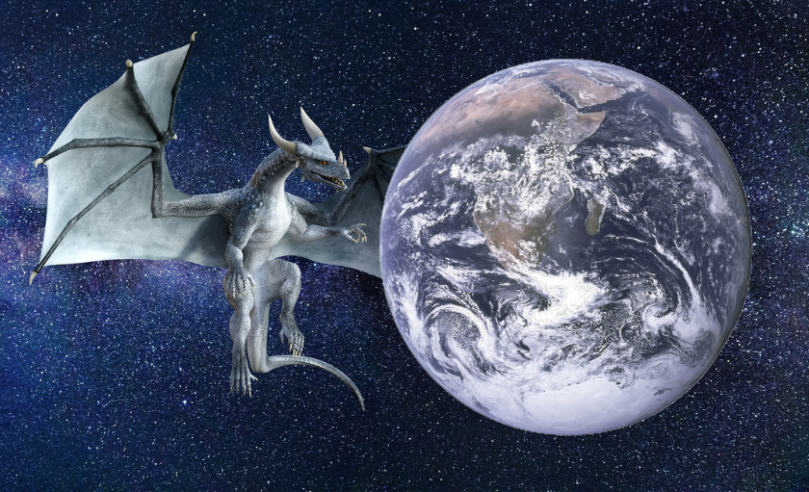

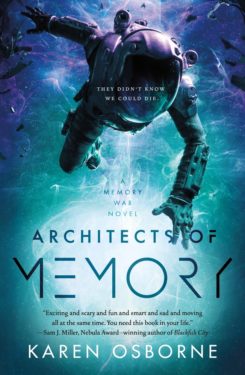
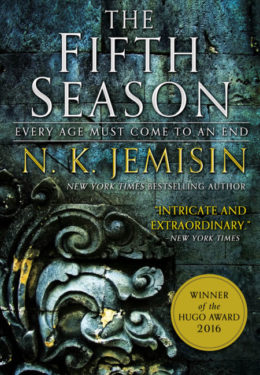 Essun and the Orogenes —
Essun and the Orogenes — 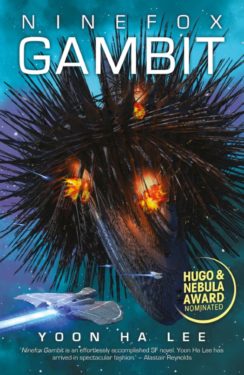 General Shuos Jedao —
General Shuos Jedao — 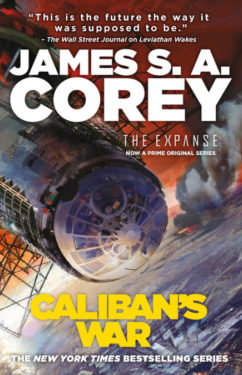 Caliban —
Caliban — 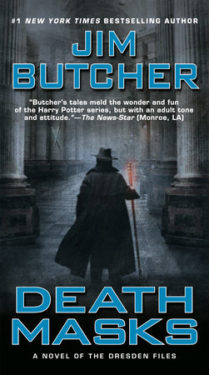 The Archive —
The Archive — 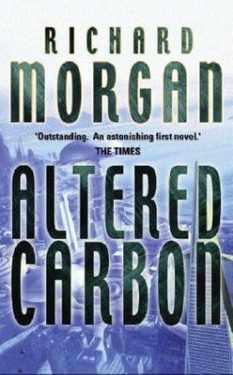 Takeshi Kovacs and the Envoys —
Takeshi Kovacs and the Envoys — 



